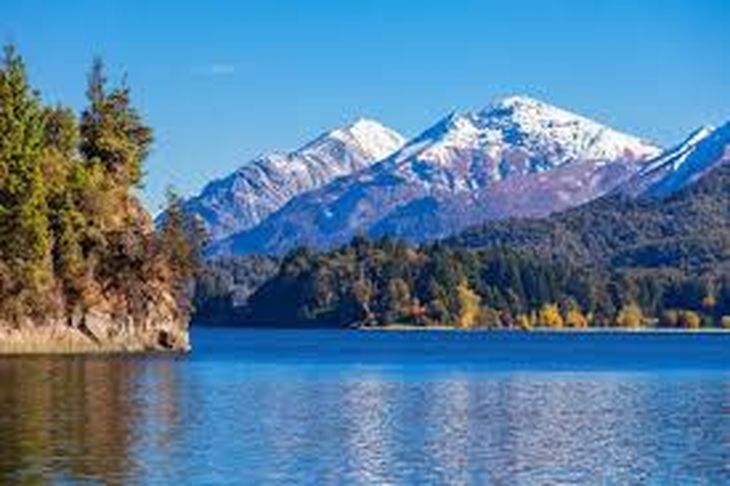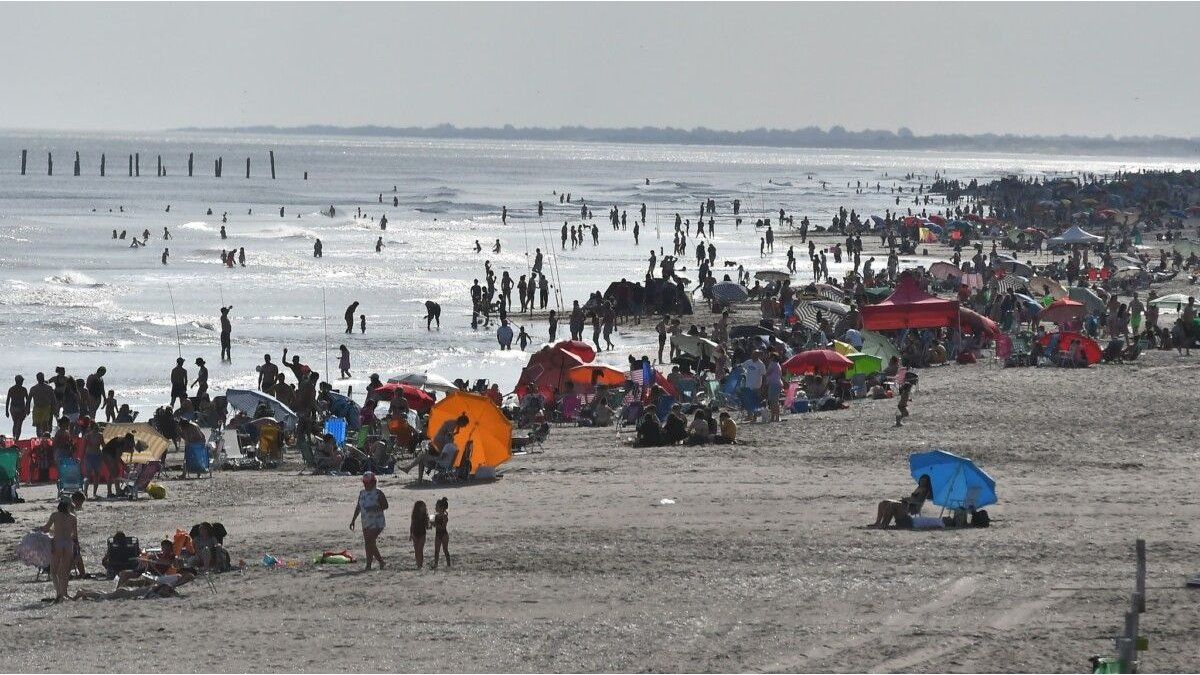The number of tourists who traveled between the December 15, 2024 and February 28, 2025 in front of the previous season, according to a report of the Argentine Confederation of Medium Enterprises (CAME). The descent is explained – in part – for a strong output of Argentine residents to vacation in borderlines before the current relationship peso/dollar.
Summer season numbers 2025
In detail, according to the CAME report, The average stay was 3.2 dayswhich also reflects a reduction compared to 3.9 days after the previous season. The season “presented a diverse dynamic, marked by changes in the preferences of tourists and in the country’s economic conditions,” they said from the Chamber.
Came said that “travelers’ preferences were influenced by multiple factors. While in some cases the search for experiences in nature and traditional destinations prevailed, in others the offer of cultural events and shows generated an additional attraction. ”
Mar del Plata.jpg
On the other hand, they detailed that “places with consolidated infrastructure and diversified proposals managed to capture a greater number of visitorswhile others, more dependent on the arrival of foreign tourists, faced a more challenging context. “
On the economic impact, they explained that “in almost all destinations it was observed that tourists, with the Objective of reducing expenses, they opted for shorter stays and a more moderate consumption”
On international tourism, CAME reported that “unlike other years, there were very few international tourists, who usually have a Expenditure higher than local residents“
The most chosen destinations by tourists in the 2025 season
According to the report, the Atlantic coast had Mar del Plata as the most chosen destination, with an occupation that ranged between 70% and 80% which remained stable for much of the summer, which reached peaks of up to 90% on weekends. However, the average expenditure of the tourists It was moderate compared to previous years.
Other localities of the coast, such as Villa Gesell, Pinamar and Cariló, They had a high occupation, with nearby records 90% at times of greater demandalthough with a tendency to shorter stays.
For its part, the province of Córdoba was another of the most chosen places and He received about 4 million touristswith one average occupation of 75%. Villa Carlos Paz reached 82% and Mina Clavero, 78%. The festivals were key to the tourist influx, highlighting the National Folklore Festival of Cosquín, the Festival of Doma and Folklore of Jesús María and the Cosquín Rock, which attracted thousands of visitors.
Patagonia He had a large influx of tourists, with high demand destinations and a varied supply of events, despite the fires that affected various localities. In detail, San Carlos de Bariloche led the region with an 80% hotel occupancy and 90% in extra hotel accommodations.
Bariloche.jpg

San Carlos de Bariloche led the region with an 80% hotel occupancy and 90% in extra hotel accommodations.
For its part, in Neuquén the provincial occupation was 67%, standing out Villa La Angostura with 78% and San Martín de los Andes with 75%, benefited by the “Viajá Neuquén” program. During
As for the Argentine coast, he had a good Tourist performance thanks to festivals, Natural events and attractions. In this area, Currents and missions led the occupationhighlighting the National Chamamé Festival and the Iguazu Falls.
The regional festivities played a key role in the attraction of tourists and in the revitalization of local economies during summer 2025. Emblematic events such as the National Festival of the Chaya in La Rioja, the Cosquín Rock in Córdoba, the National Party of Chamamé in Corrientes, and the National Festival of La Tonada in Mendoza Not only convened thousands of attendees, but also promoted the cultural identity of each province.
Source: Ambito




